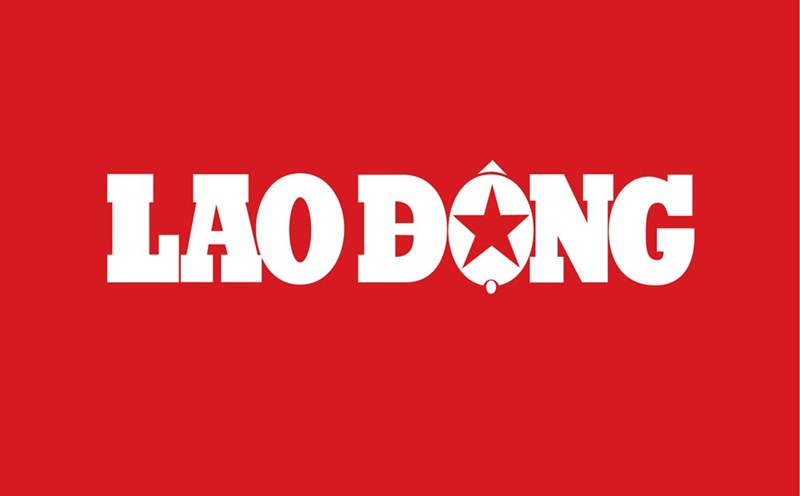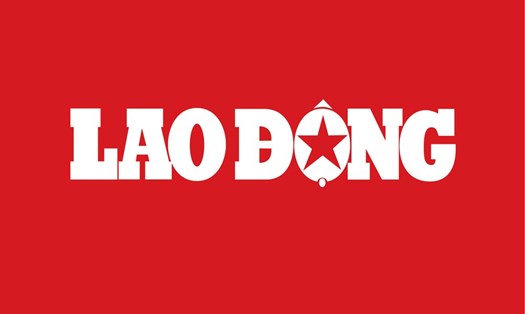The Staria Electric model is expected to be produced on Line 1 of the Ulsan 4 factory. This is part of Hyundai's strategy to expand its electric vehicle portfolio to 21 models by 2030. This effort is in line with the company's medium and long-term goal of achieving annual sales of more than 2 million electric vehicles.
The shift to electric vehicle production is also driven by increasingly stringent environmental policies, especially in Europe - where zero-emission vehicles are becoming an urgent need for urban mobility.
First launched in 2021, the Staria MPV offers a variety of seating options for 7-11 passengers. This includes versions such as: trucks, limousines, ambulances and vehicles for people with disabilities.
In the 11 months of 2024, Hyundai sold 37,769 Staria units. In 2023, sales of this product will reach 39,780 units (domestic and export). By the end of 2024, Staria sales are expected to exceed 40,000 units for the first time.
Initially, the model was offered with 2 engine versions, diesel and LPG, then upgraded with a hybrid version launched in February 2023. The upcoming electric version will further strengthen the appeal of this product in the industry-wide trend of shifting to electrification and sustainable mobility.
According to information from Korean Economic Daily, Hyundai plans to expand production of the Staria electric car in Europe in the first half of 2026. European-made cars will be sold in the continent and exported to other markets such as Australia and Thailand. The company also aims to sell 15,000-20,000 of these electric vehicles per year.
In addition to the pure electric Staria model, Hyundai's Ulsan factory will also start producing the third-generation Palisade in 2025. This model is designed for both domestic and export markets.











